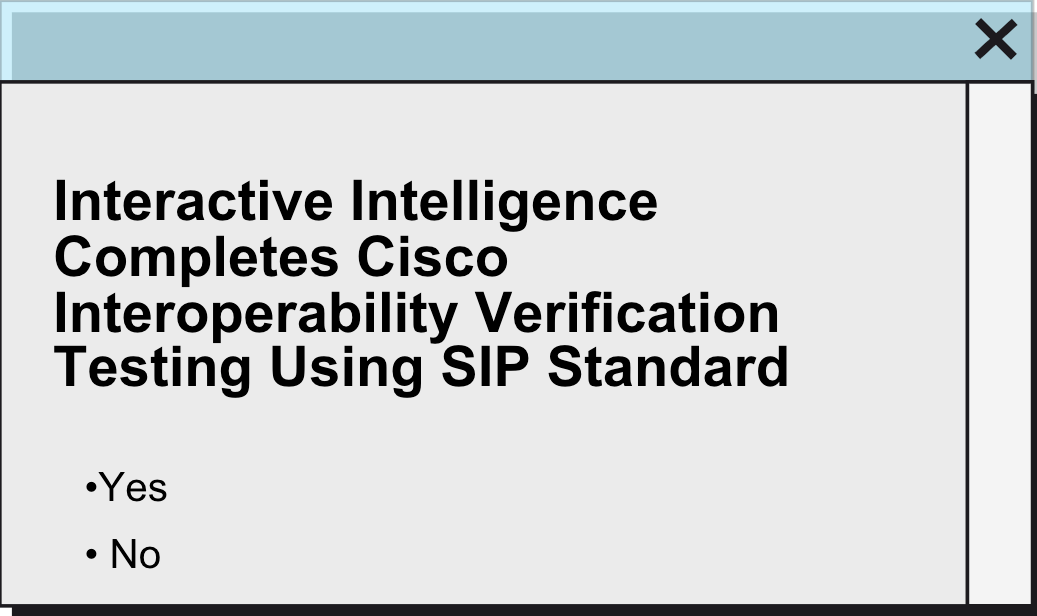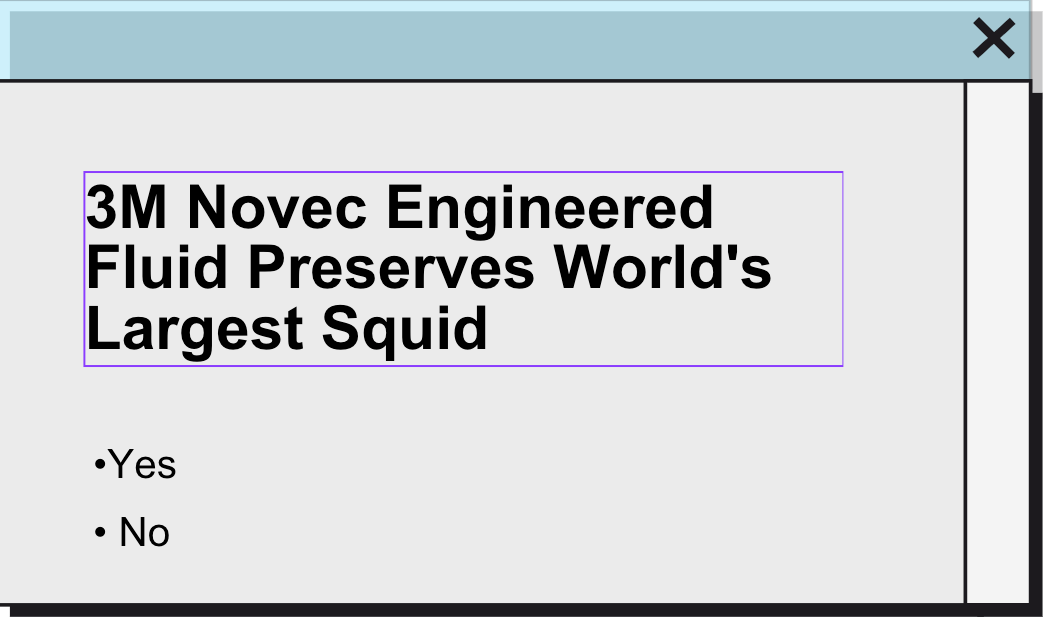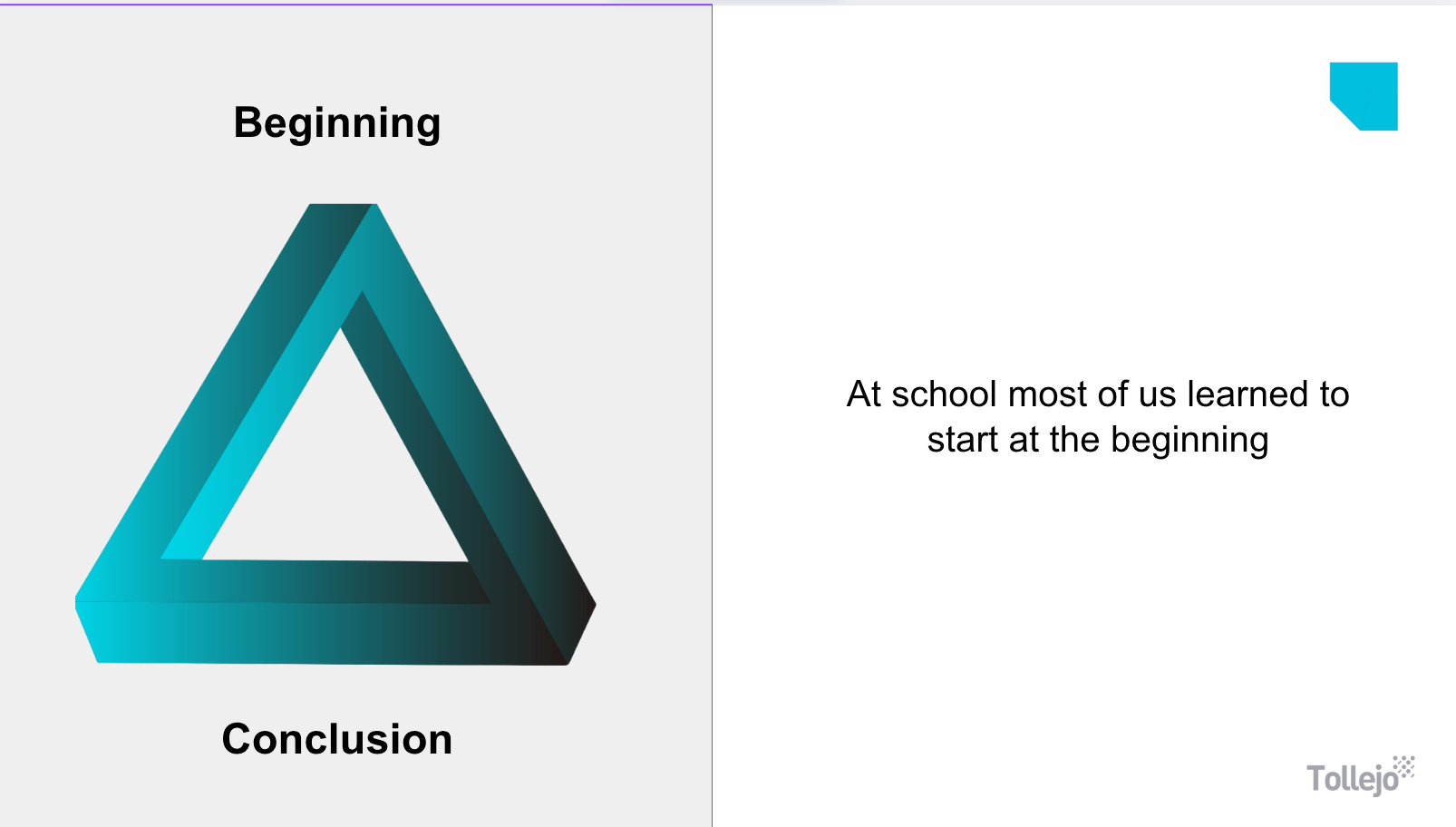The executive summary is the most important and valuable paragraph or one-pager you'll ever write in business. It's also the one most people catastrophically mess up.
I've reviewed and written hundreds of executive summaries as a journalist and CEO advisor from and with the largest organisations in the world. Some of them have been worth hundreds of millions of dollars.
Many are terrible. They bury the lead, waffle about context or mistake verbosity for thoroughness.
Start Here: The Emergency Version
If you need to write an executive summary tonight and have no time to read this whole piece, do this:
Drink a lot of tea before you write anything then:
- Write down your decision, outcome you'll deliver or recommendation in one sentence
- Write down the consequence in numbers (money, time, people, customers, value-add)
- Write down what you need from the reader and by when
That's your summary - you're done..
Everything below explains why those three things matter and how to make them sharp. But if you do nothing else, do those three things.
Your summary should be 150-200 words maximum.
Now, let's go deeper.
Your Next Thought: Using AI to Write Executive Summaries
You're probably wondering: can't I just get ChatGPT to write this for me?
You can. But first, think about what you're writing about. If it's an M&A proposal, a restructuring plan, financial projections or anything marked "confidential" - stop. Don't paste it into ChatGPT, Claude, or any public AI tool.
You're dealing with confidential information.
AI is a support tool - but you need to lead the way. Use it to proof structure and flow, find passive voice, tighten sentences and spot jargon. But AI cannot tell you what decision you're recommending, which audience matters, what number proves your case, or what's actually confidential.
These are judgment calls. The hard part of an executive summary isn't the writing. It's the thinking. Write it yourself and use AI to proof.
Your Own Executive Summary Mindset
You have to be confident you can block out noise in your own mind before helping someone else do it. One of the best ways I learned this was writing on a newsdesk.
The humour, witty comments and sometimes arguments thrown your way while you're on deadline mean you have to opt for signal over noise. I personally really enjoyed that pressure, especially when it ratcheted up, but I am a special case.
So however you block out noise - do that. Then ask yourself the question: "What does this person need to know?"
Now at this point for many people, analysis paralysis kicks in. It is at this point I recommend employing the most sophisticated writing technique known:
"Say it as if you were in the pub with your mate."
Breakthrough moment, right? Different mindset, simpler language. This exercise enables you to shake off your frowny business-face. Your eyebrows lift and the words become easier to work with.
If the executive reading (now your mate in the pub) can't grasp your point in 30 seconds, you've failed.
So go and get another pint in and chill out. It's only a few words to your friend.
Headlines: Attention is the Economy
As with news writing, you must grab your audience in the first few words. If you're speaking, it's your first five seconds.
Learning how to headline and write introductory sentences here is key. The headline is the hook that signals the decision and why it matters. A strong headline does three things:
- States the decision or outcome
- Names the owner or actor
- Quantifies impact and timeframe
Try to get this into 2-5 words. Keep it as short as you can. Be really bold in your mind when you do this. Your brain will be screaming 'but we can't'. Sit with that moment and live with it. Them challenge whether you really can't.
Try this:
From:
Market conditions are changing in Europe
To:
Exit Europe in six months to prevent £50m loss
So lead with the outcome or the decision - the important bit. Replace nouns with verbs where you can and swap adjectives for numbers. Add a timeframe if possible and call out the risk or upside early.
More Examples
From:
"Implementation of the new customer service strategy"
To:
"We implemented. Customer complaints dropped 67%."
From:
"Analysis of operational efficiency across regional distribution centers"
To:
"Three warehouses are losing us £2.1M annually"
See the pattern? Replace process language with outcome language. Replace abstract concepts with concrete results. Replace "consideration" and "analysis" with what you actually found.
Which Would You Click On?

Or

I argue they have the noun at the wrong end of this one...
But these are real headlines from real PR and communications experts. A lot of money has gone into these - but do they do the job as well as they could?
No.
Start With The Answer
The biggest mistake people make with executive summaries is treating them like introductions. They are not. An introduction sets up what is coming. An executive summary gives the answer straight away.
Your first sentence should tell me the decision, the conclusion or the action you want taken. That is it. Everything else hangs off that.
Most writers fall into what journalists call burying the lead. They circle around the point, ease the reader in, then finally get to it halfway down the page. By then the reader is gone.
Start with the answer, not the setup.
Not:
This paper examines the strategic options available to the organisation in light of changing market conditions.
But:
We need to exit the European market within six months or face losses of £50 million.
See the difference? One tells me what is at stake. The other tells me you have written a report.
The best news writers use what is called the inverted triangle. The most important information comes first: who, what, when, where and why. Then you layer in the detail.
If a reader only makes it through your first paragraph they still walk away with the full story.

Executives are readers with less time. You cannot expect them to hunt for the point. They should get it in the first line.
Think of your executive summary as the front page of a newspaper. The headline gives me the decision. The first line gives me the consequence. The next few sentences give me just enough context to prove you have done the work. That is it.

When you write this way your ideas get sharper. You stop padding. You start prioritising. And the person reading, the one with the budget or the vote, does not have to dig for meaning. They just act
Think About Your Audience
The person reading your executive summary is not sitting in a quiet room with a cup of tea. They are between meetings, half looking at their phone and surrounded by people who all want something. You are competing for seconds of focus.
Respect that. Give them the conclusion first, then back it up. Do not make them wait.
Executives are time poor and decision rich. They want clarity, not buildup. If they have to read your whole paper to understand the point, you have already lost them.
So write for how they read. Short sentences. Clear verbs. Numbers they can hold in their head. Tell them what you want, why it matters and what you need from them.
The best summaries work in three lines.
One: the conclusion or recommendation.
Two: why it matters, the risk or opportunity.
Three: what you need from them.
Everything else is detail they can find later if they care enough.
For example:
We should acquire Tollejo for £200 million. The deal removes our biggest competitor and opens access to 12 million new customers. We need board approval by the end of the month to beat three other bidders.
That is 45 words. It tells the reader everything they need to decide whether to keep reading.
If they can see the outcome, the stakes and the next step in one breath, you have done your job.
What Type of Message are You Delivering?
Before you begin, you need to categorise what type of story you are telling.
The CRG model sits behind almost every business decision. It explains where the weight of your message should fall. Not every audience values each element the same:
- Procurement cares most about cost - how much it costs and when the saving lands
- Operations lean toward risk - how it keeps the lights on and protects delivery
- The C-suite listens for growth - how it grows the company, market or share price
Think of it as a balance rather than a formula. Every summary contains all three, but one leads. If you get the weighting wrong, your message misses.
The trap is trying to talk to everyone at once. If you write for cost, make the saving the story. If you write for risk, make continuity the story. If you write for growth, make the opportunity the story.
Same Project - Three Different Summaries
Let's say you're proposing a new IT system. Here's how you'd write the executive summary for three different readers:
For the CFO (Cost):
"New IT system costs £3.2M upfront but saves £1.8M annually. Payback in 22 months. We need approval by end of Q2 to lock in vendor pricing before 12% increase."
For the COO (Risk):
"Current IT system failed three times last quarter, costing 847 hours of downtime. New system includes 99.9% uptime guarantee and eliminates single points of failure. We need approval by end of Q2 to complete migration before peak season."
For the CEO (Growth):
"New IT system enables real-time customer data across all channels, unlocking personalisation revenue of £12M annually. No competitor in our sector has this capability yet. We need approval by end of Q2 to launch before competitor catch-up."
Same project. Three different summaries.
CRG is how you align your language with the listener's priorities. When you get it right, your summary feels sharp and relevant. When you get it wrong, it feels like noise.
So before you start, decide which of the three is driving your message. Then let that weighting guide every line that follows.

Murder Your Darlings
The hardest part of writing an executive summary is what you leave out. You've spent weeks researching, analysing and debating. You want to show your work.
Resist this urge.
Your summary is not the place to demonstrate thoroughness. That's what appendices are for. Your job is to distill months of work into the one thing that matters most.
One page only - if that. Half a page is better. Three bullets should do it, but for longer documents, six or seven.

Avoid The Passive Voice
The passive voice is where clarity goes to die. It obscures who's responsible and what needs to happen.
Not: "It has been determined that cost reductions should be pursued."
But: "We must cut costs by 15% this quarter."
The second version names an agent (we), specifies the action (cut costs), quantifies the amount (15%) and sets a deadline (this quarter). It's impossible to misunderstand.
Passive voice also signals uncertainty. If you're afraid to name who should do what, you're not ready to write an executive summary. Go back and clarify your thinking first.
The "So What?" Test
Every sentence in your executive summary should answer the question "so what?" If it doesn't advance understanding or change the decision, it doesn't belong.
Front-Load Bad News
If you're delivering uncomfortable truths, put them in the summary. Don't hide problems in the appendices hoping nobody notices.
Write It Last
Many writers find they need to write the summary, then rewrite it after finishing the document, then rewrite it again before submission. That's normal. Condensing complex analysis into 150 words is hard work.
How to Handle Technical Content
If you're summarising a technical report for non-technical executives, use this trick:
Replace the technical process with the business outcome.
Wrong (for execs):
"Migration to microservices architecture with containerised deployment using Kubernetes orchestration."
Right (for execs):
"New system lets us launch products in 2 days instead of 3 months."
The technical audience gets the technical version in the detailed section. The executive audience gets the "what this means for the business" version in the summary.
Same principle applies to any specialised domain - legal, scientific, engineering. Translate expertise into impact.
Real Executive Summary Example: Before and After
Let me show you a real executive summary - anonymised with permission to use.
Before (320 words):
"In response to the increasingly competitive marketplace and evolving customer expectations, the organisation has undertaken a comprehensive review of its digital capabilities and customer engagement platforms. This review, conducted over a six-month period and involving consultation with over 200 stakeholders across all business units, has identified significant opportunities for improvement in our customer-facing systems.
The current technology landscape presents several challenges. Our customer database, implemented in 2012, lacks the integration capabilities required for modern omnichannel engagement. Customer data exists in 14 separate systems with no single view of customer interactions. This fragmentation has resulted in inconsistent customer experiences and has been cited in customer feedback as a key pain point.
Additionally, our digital channels have not kept pace with customer expectations. Our mobile app has a 2.1 star rating with customers citing slow load times and limited functionality. Our website conversion rate of 1.2% significantly trails industry benchmarks of 3-4%.
After extensive analysis and evaluation of potential solutions, we recommend implementing a new integrated customer platform. This platform would consolidate customer data, enable real-time personalisation and provide the foundation for future digital innovation.
The investment required is £40 million over three years, with implementation beginning in Q2 2024. The business case shows payback in year four through increased conversion rates, reduced customer service costs and improved retention.
We are seeking Board approval to proceed with vendor selection and to allocate the necessary capital expenditure in the next fiscal year's budget. A detailed implementation plan and risk assessment are included in the appendices."
After (168 words):
Invest £40M in new customer platform or lose £120M in revenue to competitors
- Our current systems are losing us customers. Our mobile app has 2.1 stars. Our website converts at 1.2% vs industry average of 3-4%. Customer data lives in 14 separate systems with no way to connect them.
- New integrated platform fixes all three problems and adds real-time personalisation. Based on pilot with 5,000 customers, this increases conversion by 180% and cuts service costs by 34%.
- Investment: £40M over three years. Payback in year four. Revenue impact: £120M over five years from improved conversion and retention.
- Three competitors launched similar platforms in the last 18 months. We're now the only major player without integrated customer data.
We need Board approval by end of month to begin vendor selection and include £12M in next year's budget. Every quarter we delay costs us £2.1M in lost revenue.
Your Turn
Easy, yeah?
You can download the template I made for you. Don't tell anyone though or they'll all want one.
Let me know what you think.
PS - Here is the Executive Summary of the above.
Core principle: Start with the answer, not the setup. Executives are time-poor and decision-rich. Give them the decision/outcome or recommendation, the consequence in numbers and what you need from them.
The three-line formula:
- Your recommendation/decision /outcome
- Why it matters (risk or opportunity with numbers)
- What you need from them and by when
Key rules:
Headlines matter - First 5 words are everything. Lead with outcome, add numbers, include timeframe. "Exit Europe in six months to prevent £50m loss" not "Market conditions are changing in Europe."
Know your audience - Use the CRG model. CFOs care about cost, COOs about risk, CEOs about growth. Same project needs three different summaries depending on who's reading.
Kill the noise - No passive voice, no methodology in the summary, no "it has been determined." Say who does what by when. 150-200 words maximum.
Translate complexity - Technical jargon becomes business impact. "Kubernetes migration" becomes "launch products in 2 days not 3 months."
Front-load bad news - Executives hate surprises more than problems. Put risks in the summary, not buried on page 23.
The "pub test" - If you can't explain it to your mate over a pint in 30 seconds, you haven't figured out what you're actually recommending yet.
On AI - Don't put confidential info in public AI tools. Use AI to proof, not to think. The hard part is the thinking, not the writing.
Bottom line: Your executive summary will be exactly as clear as your thinking. If it's muddy, go back and clarify what you actually want. Then write that in the first sentence. Drink a lot of tea before you write anything.


